 |
Talking
|
Normal
|
Intermittent slurring or nasal speech
|
Constant slurring or nasal speech, but can be understood
|
Difficult-to-understand speech
|
0 |
 |
Chewing
|
Normal
|
Fatigue with solid food
|
Fatigue with soft food
|
Gastric tube
|
0 |
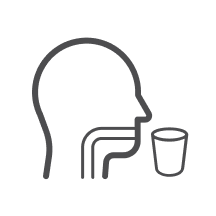 |
Swallowing
|
Normal
|
Rare episode of choking
|
Frequent choking necessitating changes in diet
|
Gastric tube
|
0 |
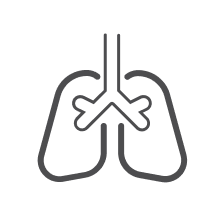 |
Breathing
|
Normal
|
Shortness of breath with exertion
|
Shortness of breath at rest
|
Ventilator dependence
|
0 |
 |
Impairment of ability to brush teeth or comb hair
|
None
|
Extra effort, but no rest periods needed
|
Rest periods needed
|
Cannot do one of these functions
|
0 |
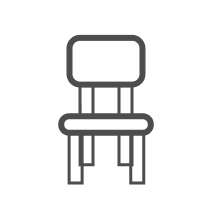 |
Impairment of ability to arise from a chair
|
None
|
Mild, sometimes uses arms
|
Moderate, always uses arms
|
Severe, requires assistance
|
0 |
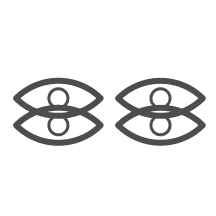 |
Double vision
|
None
|
Occurs, but not daily
|
Daily, but not constant
|
Constant
|
0 |
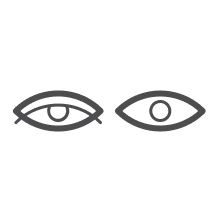 |
Eyelid droop
|
None
|
Occurs, but not daily
|
Daily, but not constant
|
Constant
|
0 |